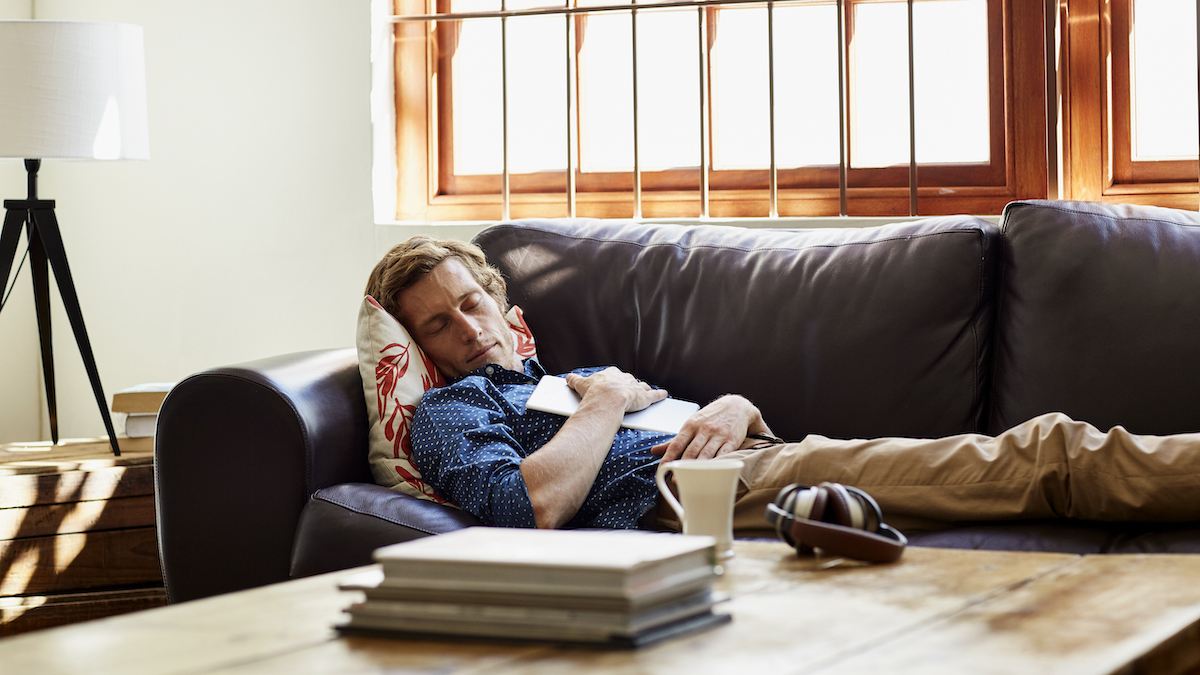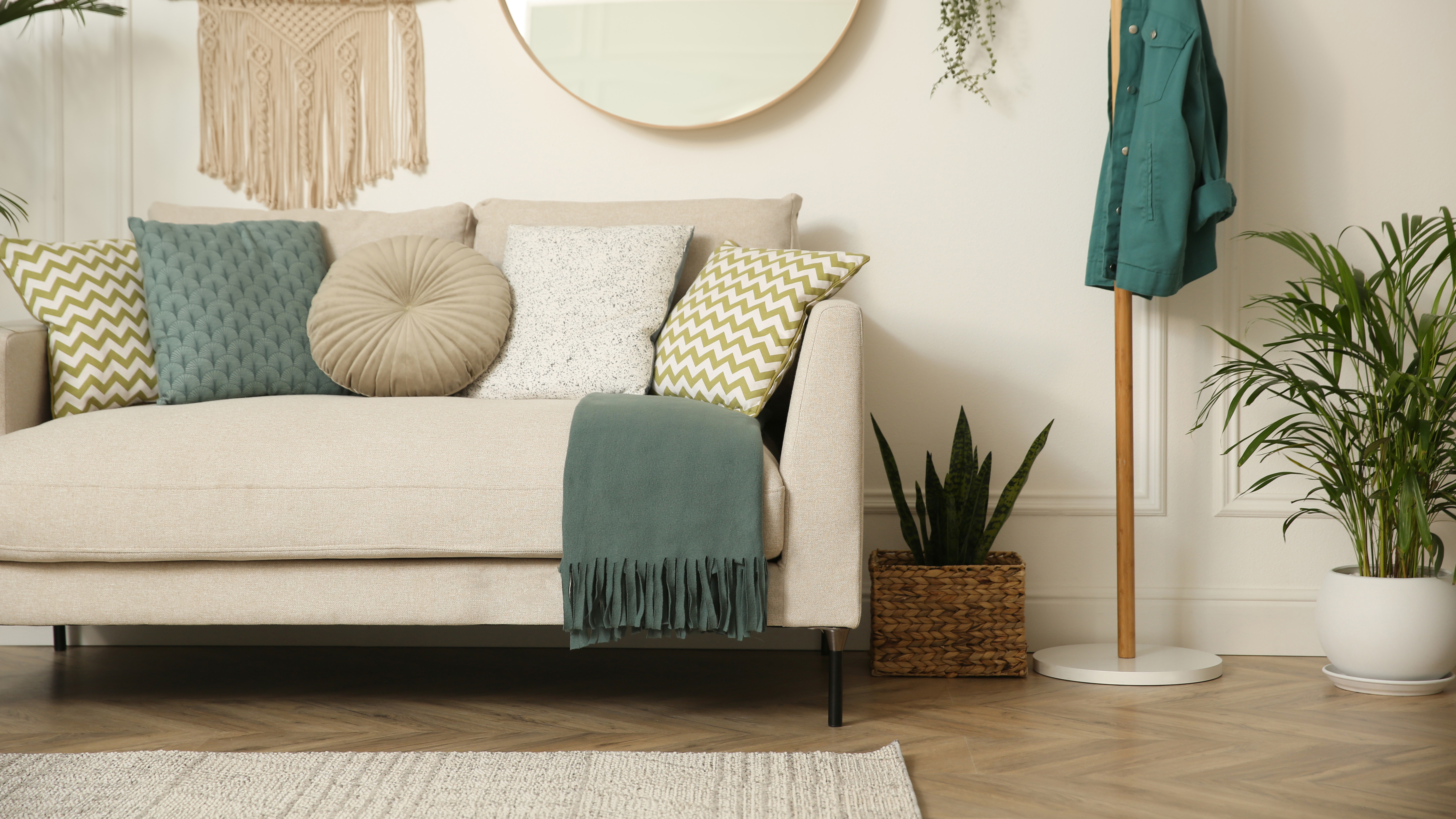Sleep expert shares 3 reasons why you should nap every day during summer
Dr Sarah Bishop explains why an afternoon nap can help you beat the heat, improve your mood and focus better

As temperatures soar across the globe, you're probably wondering how you can beat the heat. There are plenty of things you can do to cool down, but one time-tested way to deal with a heatwave is napping. If you're wondering how an afternoon nap can help you cope with summer temperatures, we've called on a sleep expert to explain why.
While this year's best mattresses for all sleepers are made with temperature-regulating materials to keep you cool while you sleep, what can you do to cool down during the day? Dr Sarah Bishop, a clinical psychologist and sleep expert who has partnered with ScS for sleep advice, says that taking a siesta is the most cost-effective way to cool down during a heatwave. They also help reduce stress and increase productivity.
Here Dr Bishop shares three major reasons why summer is the perfect time to up your afternoon power nap game.
3 reasons why you should take afternoon naps during a heatwave
1. Siesta reduce stress and boost cardio function
Siestas (afternoon naps taken after a midday meal) are time-honoured traditions in many warm climates, particularly in Spain and Latin America. While this afternoon habit isn't as popular as it once was, Dr Sarah Bishop points out that it's still a great way for those in hot weather conditions to feel refreshed.
“This practice is not just cultural; it’s also deeply rooted in the body’s natural circadian rhythms," explains the sleep expert. “Studies suggest that this break can help in reducing stress and improving cardiovascular function. So, borrowing the siesta habit, especially in hot summer months, can be a great way to stay cool, relaxed and productive.”
2. They help you and your kids to reset
During the summer months, children are out of school which can put pressure on parents to provide both structure and entertainment to their summer days. Spending time with children can also mean more opportunities to bond, and according to Dr Bishop, a family siesta is the best way to do just that.

“For kids, naps can be as essential as their lunch break," says the clinical psychologist "During the school holidays, when routines can be more relaxed, incorporating a nap can help maintain some structure and ensure kids aren’t overtired. Plus, it can give parents a much-needed break too."
Get instant access to breaking news, the hottest reviews, great deals and helpful tips.
3. Afternoon naps help boost your mood
The summer months can mean parents are juggling work, child care, and vacation plans - all while dealing with the summertime heat. Dr Bishop points out that parents can face chronic sleep deprivation during these months, which impacts mood and cognitive function.
However, she says that taking some time out for a refresh can help cope with summertime stress. “Napping during the day can be like hitting the reset button on your brain," says the sleep expert. "Research has shown that even short naps can boost mood, improve alertness, and enhance performance."
How to make the perfect napping spot in 3 steps
Interior stylist Victoria Foster shares her three best tips for making up your couch or sofa to have the perfect siesta...
1. Elevate and recline
While recliner sofas and armchairs are ideal nap spots, there are other ways you can put yourself into a relaxing position for a siesta. “Getting into a seating position with your legs elevated and your upper body relaxed can make you feel really comfortable," says Foster.
"Tilt your head back and lean on a cushion or the sofa frame to take the weight off your neck and joints and you’ll soon find yourself drifting off."
2. Support your back

To avoid aches and pains, Foster suggests strategically placing cushions to keep your back supported. "Ultimately you want to support your spine’s natural curve, so don’t opt for an overly plump or large cushion here.”
3. Create a relaxing environment
Sleeping during the day can be tricky as it doesn't have the same calming vibe as night time. However, Foster says there are some things you can do to create a sleep-inducing environment.
“If your living room has blackout blinds or curtains, draw them to create a darker space," suggests Foster. "Even though it won’t be entirely dark in the daytime, it prevents any glare or sun beams that might move whilst you’re napping and disturb you."
She also suggests closing any windows and doors and putting on some soft, calming music: "Playing classical or jazz, or white noise playlists can help you to relax and avoid any unexpected noise volume that might disturb your sleep.”
You could also consider ditching the alarm. Waking up without an alarm allows you to listen to your natural body rhythms and removed the shock of a sudden jolt into alertness. Although 'no alarm' might be a risky prospect on a warm afternoon...

Frances Daniels is a PPA-accredited journalist and Sleep Staff Writer at Tom's Guide with an MA in Magazine Journalism from Cardiff University. Her role includes covering mattress and sleep news and writing sleep product reviews and buyer's guides, including our Best Hybrid Mattress 2025 guide. She is interested in the relationship between sleep and health, interviewing an array of experts to create in-depth articles about topics such as nutrition, sleep disorders, sleep hygiene, and mattress care. She is also our specialist on mattress toppers — producing bed topper reviews and taking care of our Best Mattress Toppers 2025 guide — and leads content relating to fiberglass-free beds for a non-toxic sleep. Outside of Tom's Guide, she has written for Ideal Home and Marie Claire.
